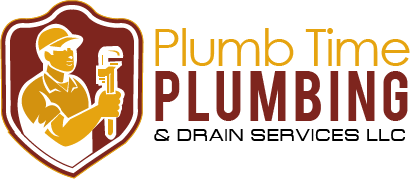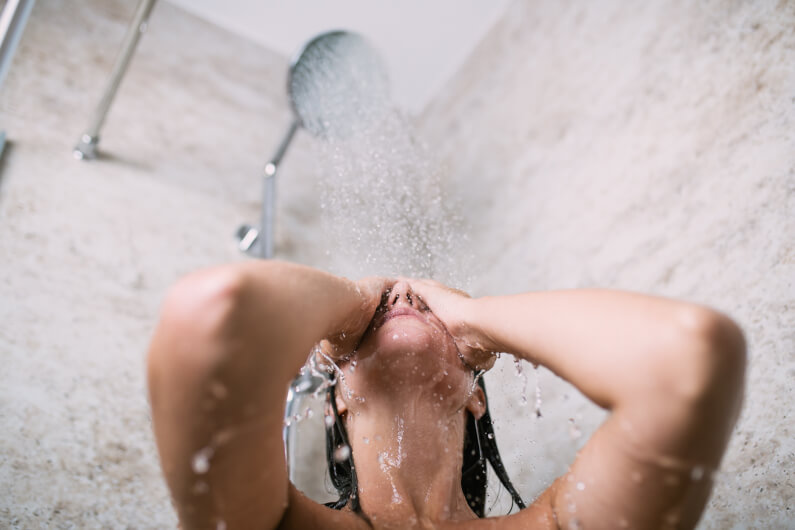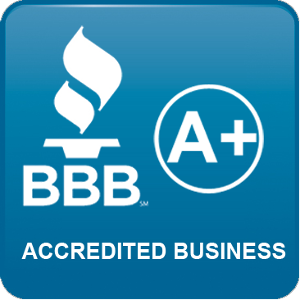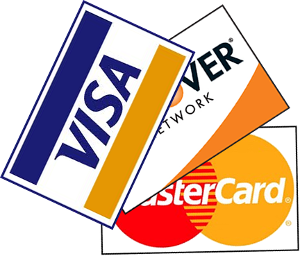You have been looking forward to a shower all day; then, the showerhead lets out a mere dribble of water. What happened to your shower water pressure?
It may have started slowly or completely surprised you one day. Either way, nobody wants low water pressure in the shower.
Waiting for an increase in pressure is also wasting water, so it is essential to address the issue, not only for you. And the good news is you can fix it. A good level of water pressure can come out of the showerhead once again.
So, where do you begin?
Keep reading for all you need to know about how to improve your shower water pressure!
Causes of Low Water Pressure
There are different reasons why you have low water pressure in the shower. First, check whether it is just your showerhead or all water outlets in your home.
If it is more than one outlet, it could be due to a faulty water pressure regulator. Or it could be an extensive pipe problem in your home or neighborhood. A professional will be able to determine this.
Are your bathroom drains noisy? There could be an issue within your plumbing system, such as mineral accumulation. Usually, the only solution is to replace the pipes.
Leaks in pipes can also cause low water pressure. Sometimes they are not visible, but there are some telltale signs. Your energy bills may increase, or there could be mold or mildew visible in your house.
Sometimes it is just the showerhead that has low pressure. You may have a clogged showerhead as mineral salts, and other debris builds up over time. As it is only a blocked flow, you can quickly fix this issue.
The water heater could be broken if it is just the hot water faucet with low pressure. This is another job that requires a professional to fix because of safety risks.
Clean Your Showerhead
The first step is to clean your showerhead. If your showerhead is the only place with low water pressure, this could resolve the problem.
Wipe away any dry debris from the holes with a scrubber. Sometimes you only need to do this to improve water pressure!
You can also mix equal white vinegar with water and put it in a plastic bag. Wrap the bag around the showerhead and let it soak in the liquid. Then slowly turning the shower on to flush any leftover debris away and check the water pressure.
Check the Valves
Most homes have two main shutoff valves that control the water. Check your home shutoff valve is fully open. Sometimes after a repair or when cleaning, the valve can be left partially open.
The main shutoff valve is usually where the primary pipe system enters your home. Sometimes it is outdoors. The valve usually is red and can be a gate or lever style.
Check the valve is in the correct position. Typically the lever handle needs to be parallel to the pipes to be open. A gate valve needs to be turned all the way counterclockwise.
Also, check that the water meter valve is fully open. If your water company has visited, or you recently had plumbing work, this valve might not be fully open. It should be parallel to the water pipe if open.
If you do not feel comfortable moving the valves, call a plumber to inspect the issue.
Test the Water Pressure Regulator
The water pressure regulator controls pressure to prevent damage to your plumbing system. If your water pressure drops around the house suddenly, and you have a regulator, check it. You may also notice a sudden high water pressure.
A professional can test the regulator and replace it if needed.
Turn Off Appliances
If all appliances that need water are running simultaneously, it can be too much for the water supply. Unless you have high water pressure, running machines together can worsen water pressure.
Do not use the washing machine or dishwasher when showering. Also, take note to see if people using other sinks causes any changes to the shower pressure.
Some homes have sufficient water pressure. So all appliances running will not impact the water pressure.
Remove the Flow Restrictor
In the US, manufacturers have to sell showerheads with a water flow restrictor valve. It helps control water use and minimize water bills. However, if you have high water pressure and have cleaned the shower, test the flow restrictor.
Flow restrictors differ in color and location depending on the showerhead. You have to unscrew the showerhead and look inside. A professional can do this for you without causing further damage to the showerhead.
Replace the Showerhead
If the flow restrictor is a problem, you might also want to consider a new showerhead. It will have a flow restrictor but may offer better shower water pressure. Sometimes replacing the showerhead solves many fixed water pressure issues.
There are many new types of showerheads on the market. Some showerheads, such as those with the WaterSense label, are water-efficient. WaterSense products have been tested to ensure efficient coverage and intensity.
Use a Shower Pump
Some people decide to invest in a shower pump. It is a small device that is fitted in your water system. It activates when you turn the water on and boosts the water pressure as it passes through.
However, there are restrictions on installing shower pumps on mains pipes. They can cause further damage. You may need to install a break tank.
Restore Shower Water Pressure
Have you followed these steps but still have low water pressure? It is time to call a professional plumbing service. Also, do not follow any of the steps without professional support if you do not feel comfortable.
A professional plumbing service will identify shower water pressure problems and resolve them. If you need plumbing maintenance in Colombia, SC, Plumb Time can help. Do not hesitate to contact us to learn more about how we can help with your plumbing.










